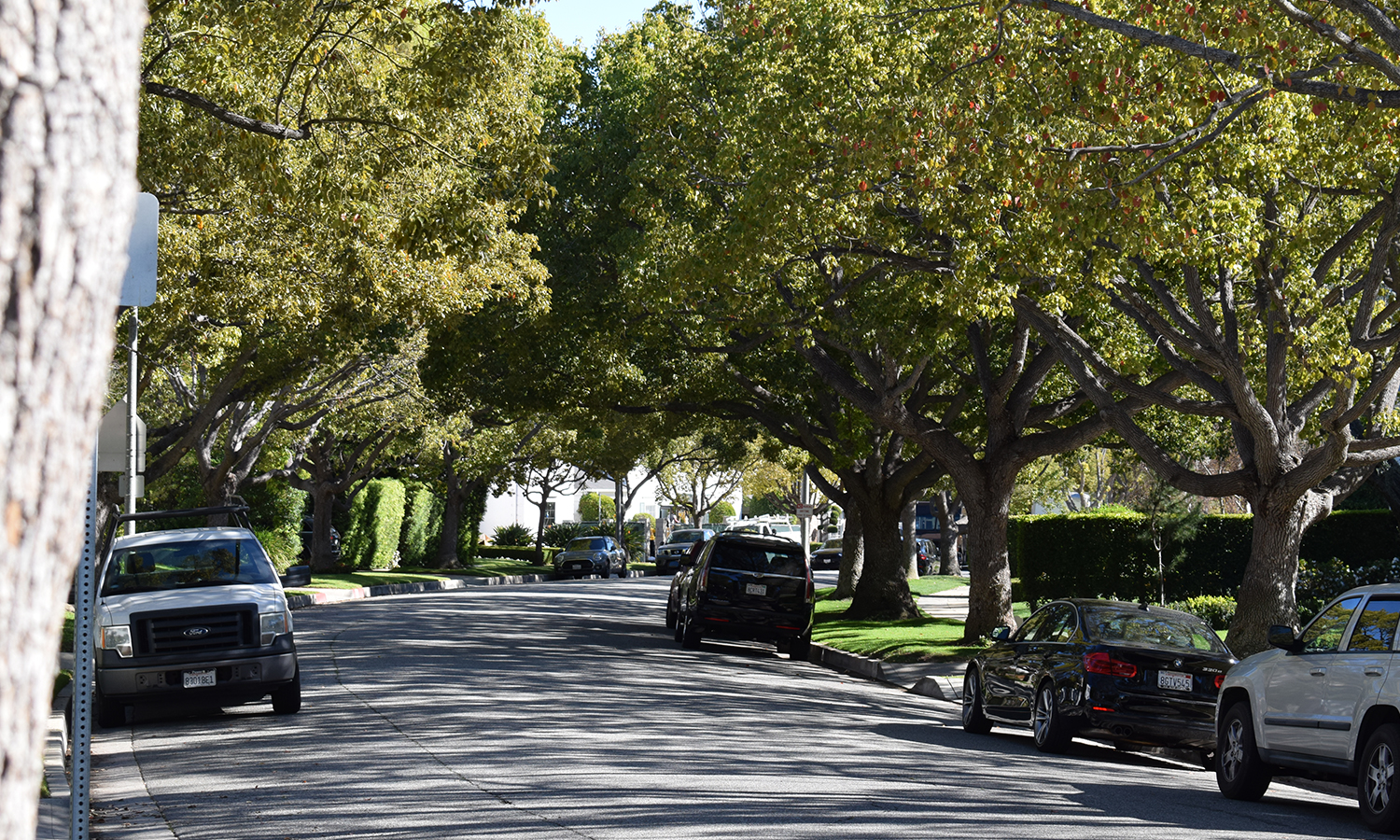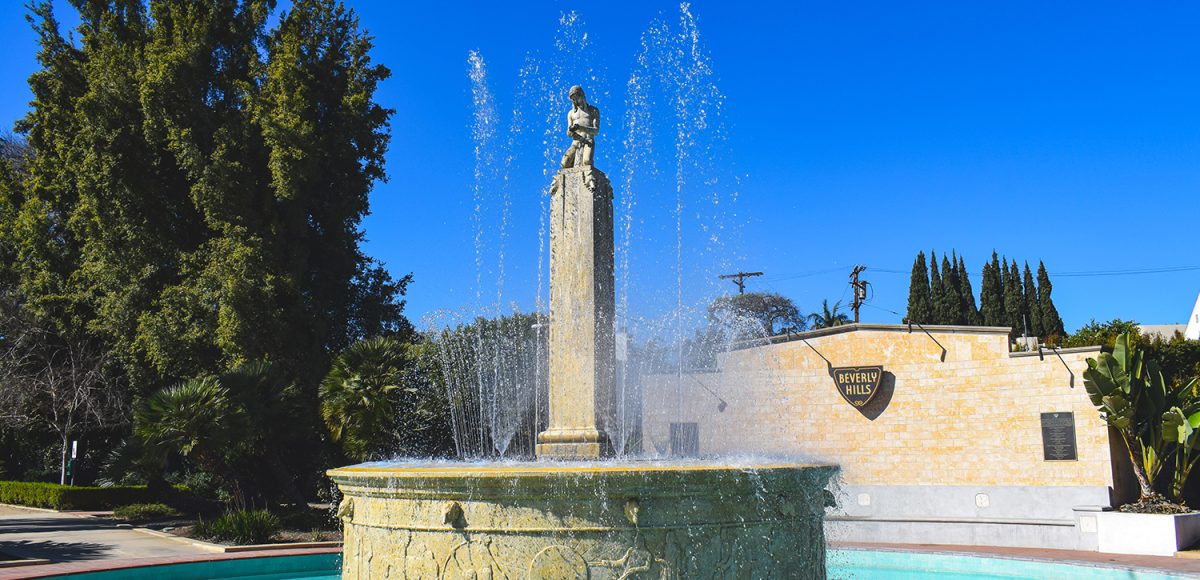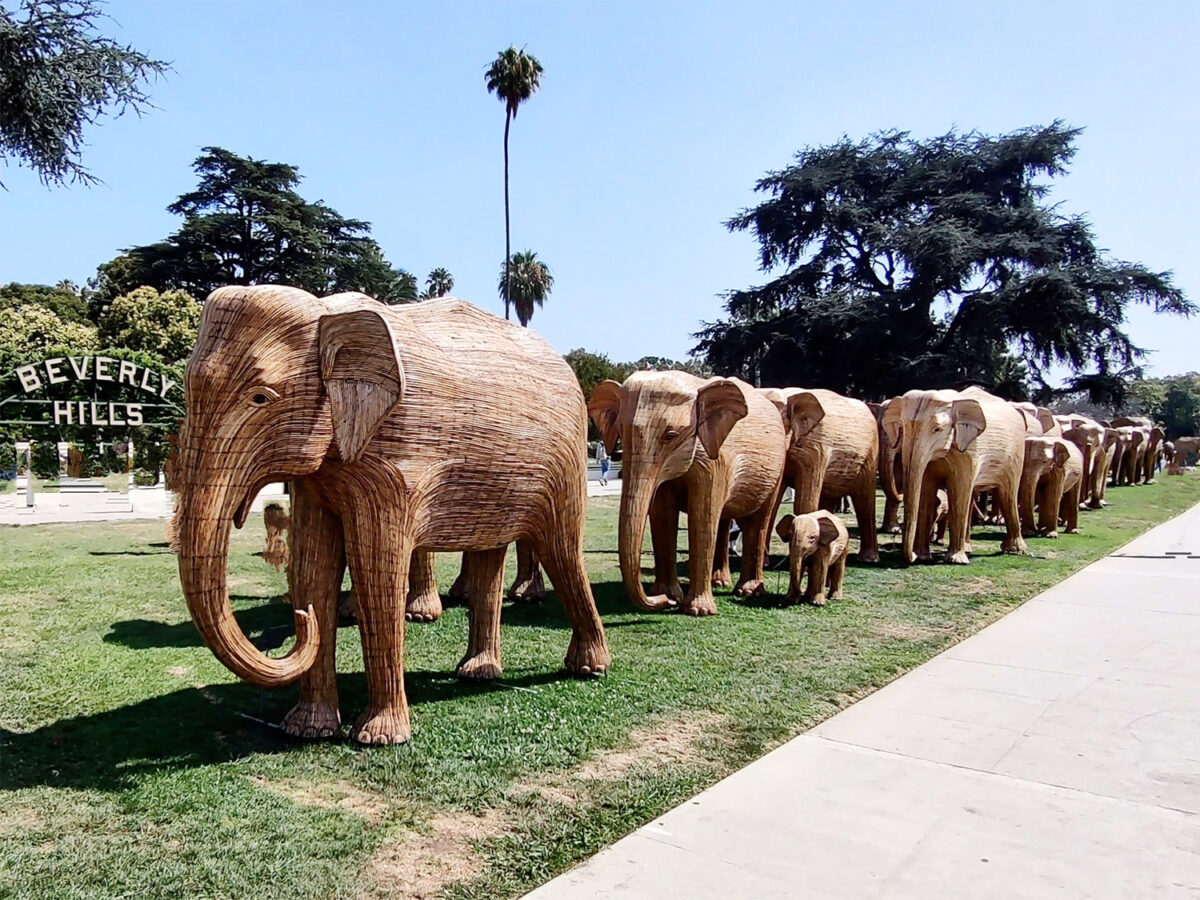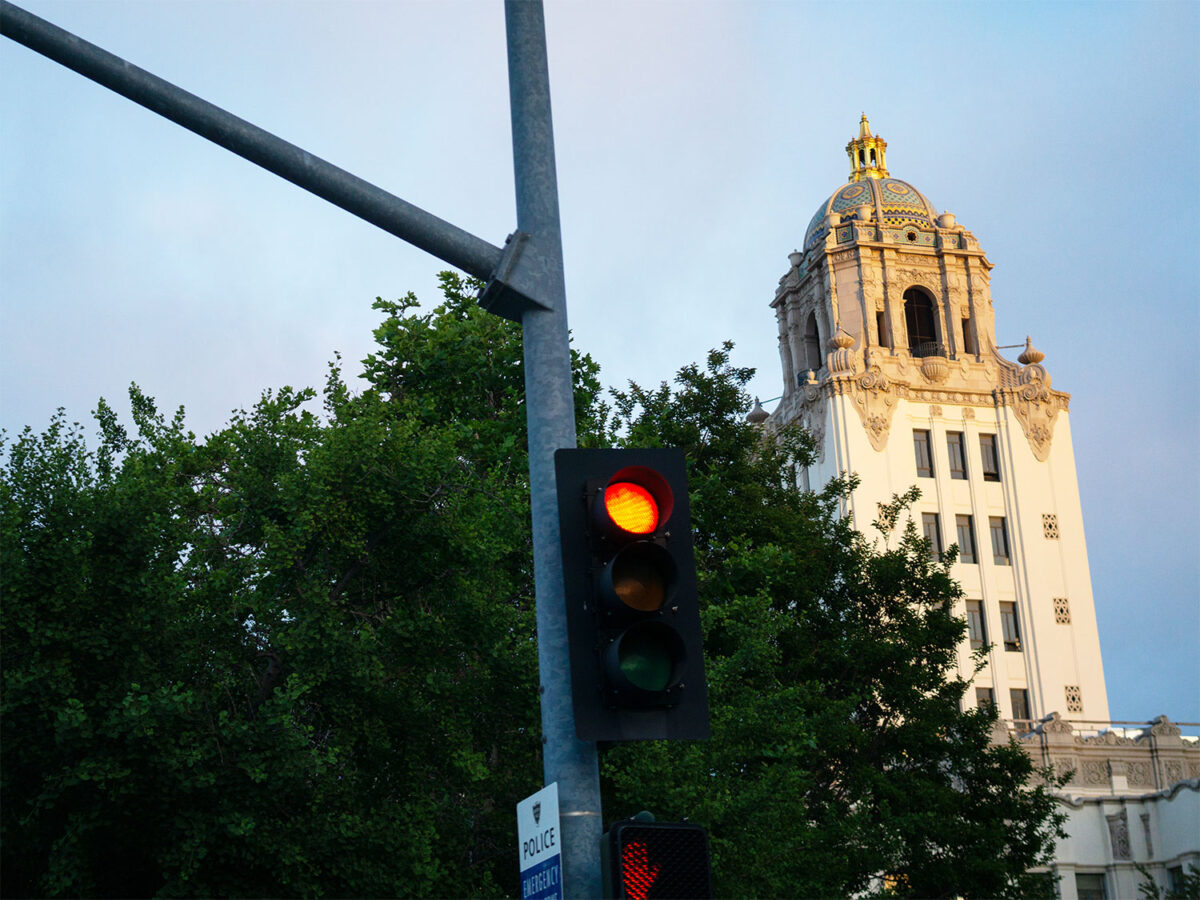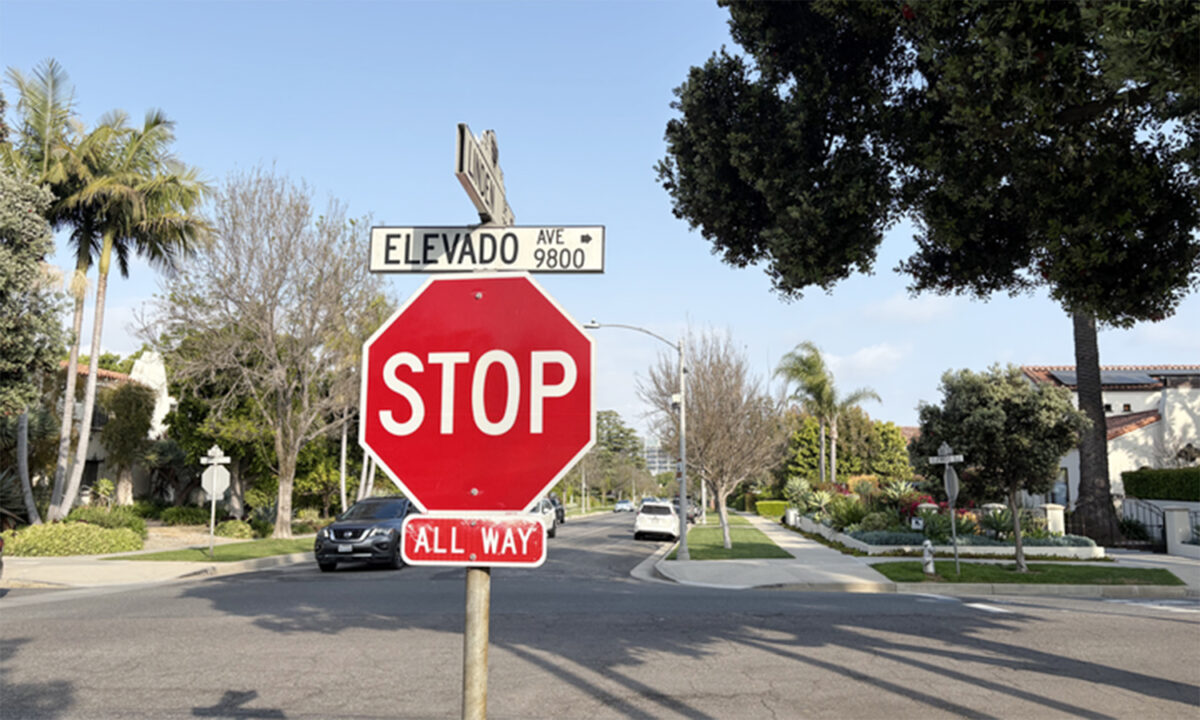The Beverly Hills City Council declared a local drought during its Regular Meeting on Feb. 8, following a discussion of the water shortage at an afternoon Study Session. The City Council also used the Study Session to weigh-in on a draft of a new Urban Forest Management and Sustainability Plan and heard an informational report from guest speakers on public banks.
The declaration of drought comes amid a statewide water crisis in which Governor Gavin Newsom called a drought for all of California in October and the State Water Resources Control Board enacted temporary extreme drought measures in January.
“Our present drought situation is similar to eight years ago when, on January 17, 2014, Governor Brown declared a state of emergency for the state of California,” said Beverly Hills Water Conservation Administrator Debby Figoni Dunn during the Study Session. “In January 2020, California was looking great, but within a mere year, the entire state was in a drought, with more than half in severe or worse conditions.”
The city enacted a Stage C water conservation plan in 2017 at the end of the previous drought, resulting in a current 20% reduction in water usage in Beverly Hills. With the declaration of the local drought this week, the city plans to continue the 2017 conservation plan with increased outreach and enforcement.
The plan includes limiting landscape watering to two times a week and rules to fix leaks in homes and businesses, especially leaky toilets. City outreach efforts include social and mail campaigns to fix leaks and decrease overall usage. The city offers free water trackers and audits to help residents reduce usage. While surcharges will not be applied to water bills for over usage, residents who fail to fix leaks or water more than twice a week may receive fines.
“We are in a drought,” said Mayor Bob Wunderlich during the Study Session. “It is likely that droughts will be more persistent and more common going forward into the future, and so we should live that way.
We should accept that that is something that has to be part of our everyday life. We should be thoughtful about how we use water and that includes being efficient and being able to conserve water.”
With historic monthly snowfall in the Sierra Nevada and more than nine inches of rain reported in Los Angeles in December, conditions have improved in California in recent weeks, but experts say it will not last. The National Weather Service issued excessive heat warnings this weekend for Beverly Hills and other cities across the Southland. The anticipated winter heat wave punctuates the region’s continuing water woes as experts say heavy precipitation in recent months has not been enough to call an end to the drought.
“Though the results of the latest snow survey show California’s snowpack is running near average after storms in October and December, precipitation over the next two months will determine our water supply outlook for the rest of the year,” General Manager of the Metropolitan Water District of Southern California Adel Hagekhalil said in a statement dated Feb. 1. “And after two years of extremely dry conditions, we need a lot more than just average to replenish our depleted reservoirs.”
Lake Mead and Lake Oroville, two of the state’s key reservoirs, are both showing record lows, according to a Beverly Hills City staff report. A water shortage was announced at Lake Mead in August for the first time in history, while Oroville water levels remain 20% below its historical average, even after the December deluge.
“Hopefully, we do get more snowpack, but we have to be prepared,” said Councilmember John Mirisch. “We definitely need to continue to be water-wise.”
In anticipation of long-term water shortages, the city also offered consensus support for a new Urban Forest Management Plan during the Feb. 8 Study Session. The plan will create broad policies aimed at growing the number of trees in the city while improving sustainability of the city’s tree canopy.
The canopy cover in the city is currently at 26%, which places it among the top urban forest cities in the country. The new plan sets a goal to increase coverage to 33% for a total of 7,500 new trees by 2041. This effort will focus heavily on the southern neighborhoods where canopy coverage is only about 10%. Benefits of increasing canopy include improved air quality, reduced temperatures and improved wildlife habitat, according to the city’s Urban Forest Manager Ken Pfalzgraf.
“Most important out of this effort was to look at those trees that have existed because we’ve been able to afford water and take care of our lawns and things,” said Pfalzgraf. “And now those species are not responding well to changes in climate and water availability. So how do we move those trees from being in stasis, and move on to something that’s not only going to be there but will thrive into the future?”
The plan calls for gradual removal of tree species like palms, magnolias, and sycamores, which are less drought tolerant or provide little shade. These will be replaced with more resilient species and native species like Canyon Oak and California Walnut trees. Guidelines will be enforceable for both public and private property, but city staff said the plan is intended to be flexible and uphold the iconic look of the city’s treelined streets.
Pfalzgraf assured the Council that the plan will take a phased approach with an approval process for each project. He said there will never be a wholesale removal of any tree species.
“That’s not the way business is done in this city,” said Pfalzgraf. “I would never support that and never have.”
The 20-year plan will be reviewed every 3 to 5 years, based on a recommendation for the City’s Public Works Commission. The City Council also agreed that the goal should be changed to increase coverage by “33% or more,” rather than capping it at 33%. City Council and Commission input will be included in the final draft of the plan, which is expected to be released in the coming weeks.
During the same Study Session, the City Council also heard presentations on the viability of a public bank in Beverly Hills including a pros-and-cons discussion between public bank proponent David Jette of Public Bank LA and opponent Jason Lane with the California Bankers Association. Public banks were made possible in the state with the 2019 passage of California Assembly Bill 857. The goal of public municipal banks is to increase equal access to debt and banking services for underserved communities and give cities more flexibility in their loan options with possibly lower interest rates.
Despite purported benefits, independent experts brought in by the city said that a town as small as Beverly Hills is not likely to see significant benefit from installing a public bank and would face high startup costs and significant risk. A city like Beverly Hills might benefit from partnering with a large jurisdiction like Los Angeles to create a public bank, according to one guest expert, but the City Council roundly rejected this idea. They ended the conversation with no plans to look into the matter further.
Mirisch, who requested the item be placed on the Study Session agenda, said public banks are tools that are now available to governments, and it was important for the city to learn more about them.
“From my perspective this was only, and always was, about information,” said Mirisch. “I think I know more today than I did before, and there’s no decision for us to make today.”
